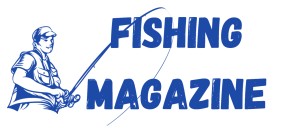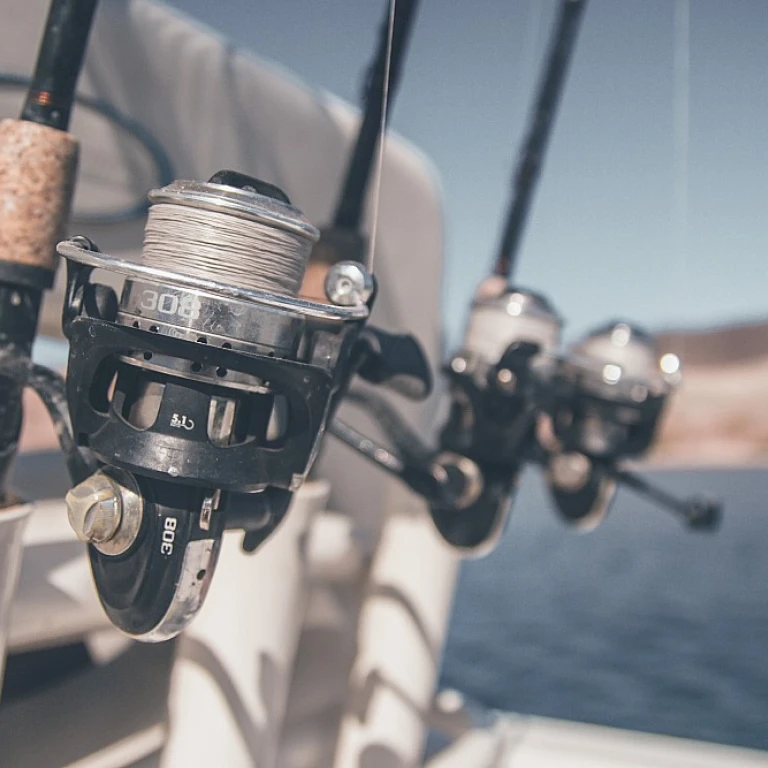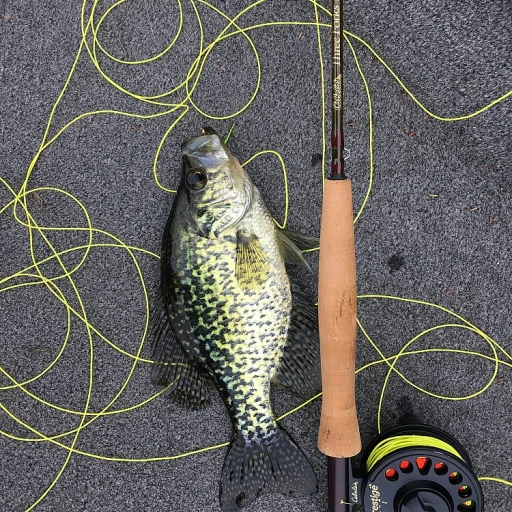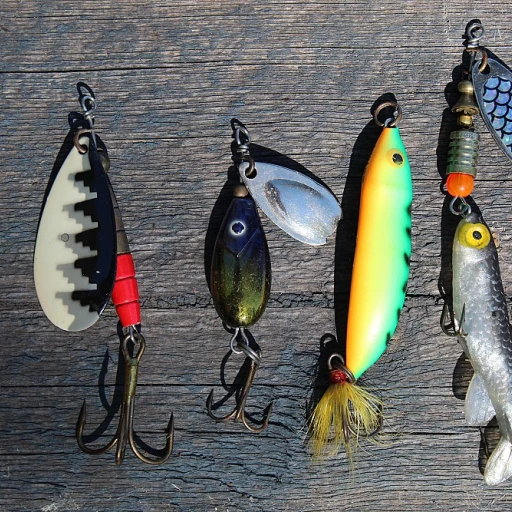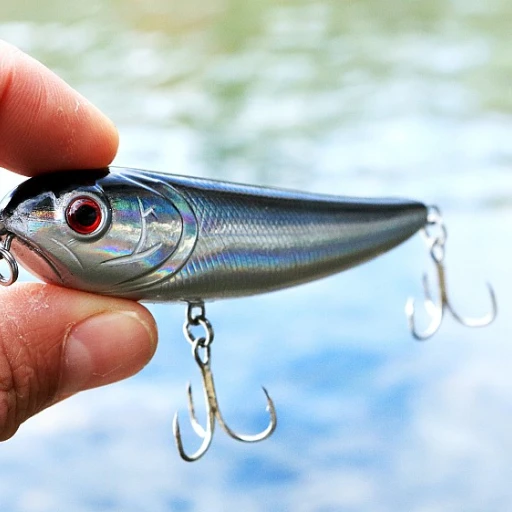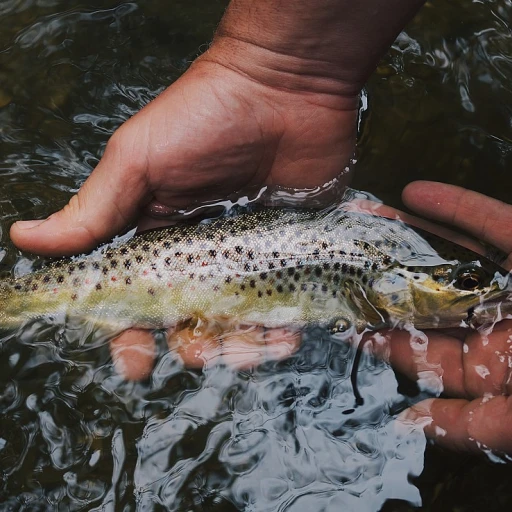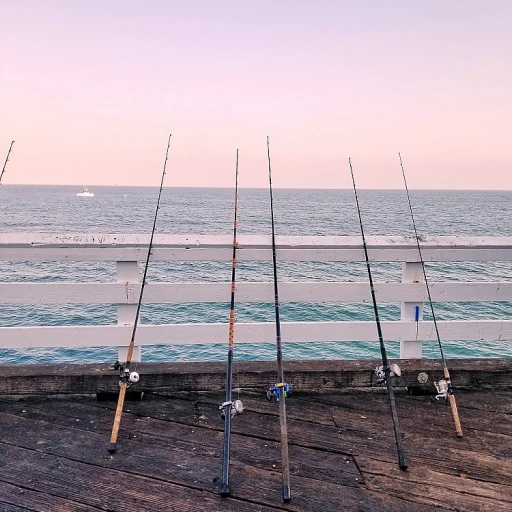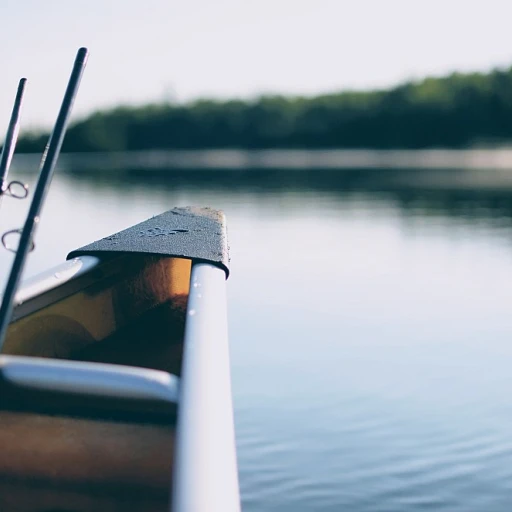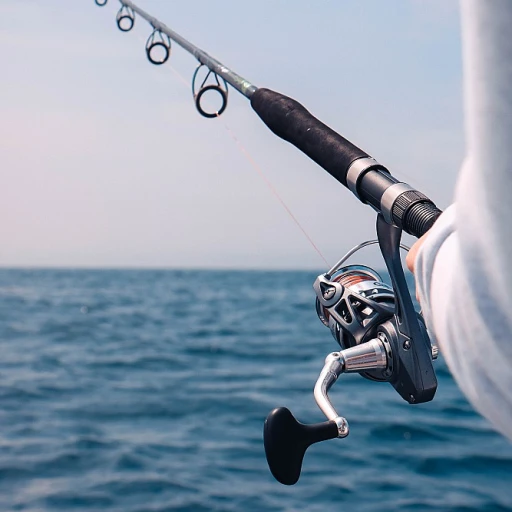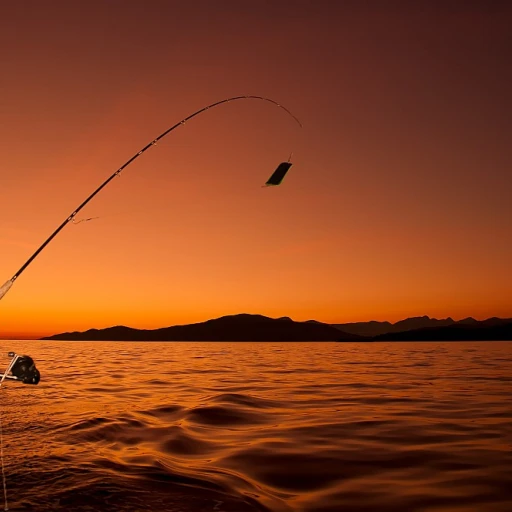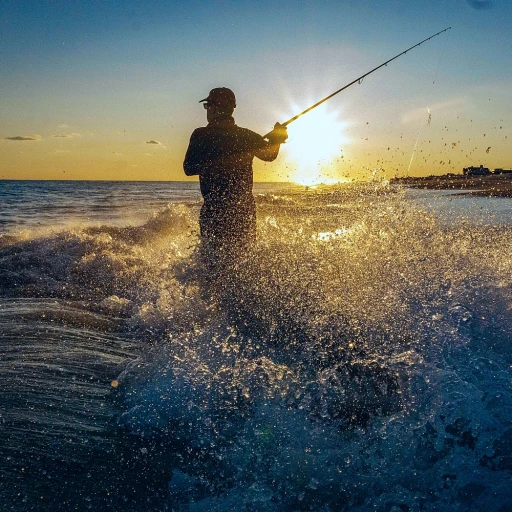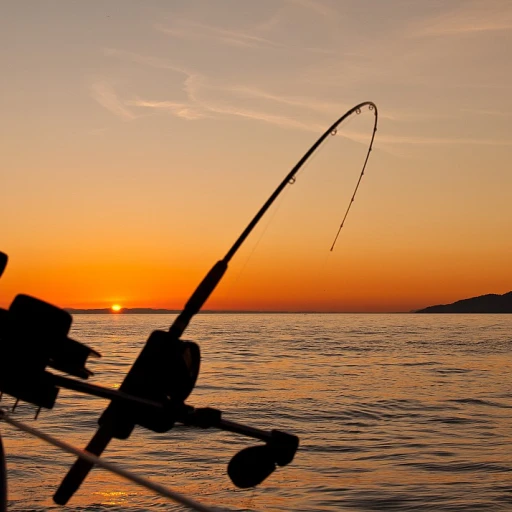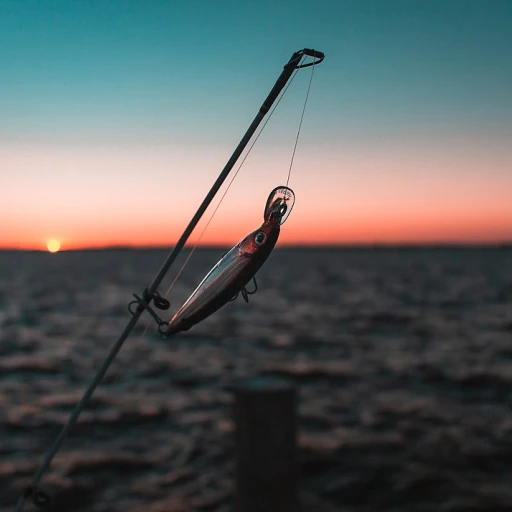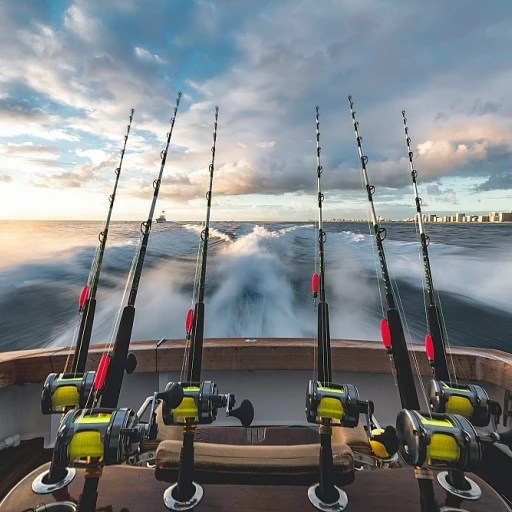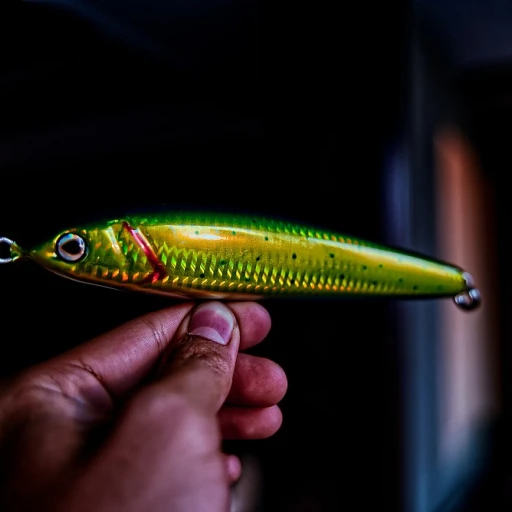
Understanding Fly Tying Hooks
Grasping the Core of Fly Tying Hooks
The world of fly tying hooks may seem daunting at first, with a wide array of options available to the recreational fishing enthusiast. At its core, understanding the intricacies of fly tying hooks requires recognizing their essential role in fly fishing. Fly tying hooks are specifically designed to hold the flies—whether they be nymphs, streamers, or dry variations—securely during casting and presentation. A fly hook's anatomy comprises several parts: the eye, the shank, the bend, the gape, and the point. Each component plays a crucial role in ensuring its effectiveness for different types of fish and water conditions. Popular fly hook finishes, like black nickel, essential for enhancing durability and stealth, combine with barbless features that aid in the ethical release of fish. Among the notable brands, Mustad and Fulling Mill stand out for their innovative hook designs that cater to both the regular and specialized needs of anglers. Whether you’re tying a standard dry fly or venturing into tying for caddis or shrimp caddis, understanding the basic components and options available allows you to make more informed choices. The intricate relationship between hooks and flies within fly fishing underlines the importance of investing in quality hooks. Recognizing the nuances, from nymph hook designs to specialized streamer hook variations, enables anglers to optimize their fly selection and presentation strategies. For more insights on how to refine your technique when crafting flies, such as those suited for smallmouth bass, check out the art of crafting smallmouth bass flies.Types of Fly Tying Hooks
Exploring Various Styles of Hooks
Diving into the world of fly tying hooks offers an exciting journey through a variety of choices, each specifically tailored to different fishing scenarios and flies. Understanding these variations can be crucial in elevating your skill in fly tying and fishing. Standard Dry Fly Hooks For those looking to craft elegant dry flies, standard dry fly hooks are a staple. They are designed with a thin wire to ensure the fly remains buoyant on the water surface, enticing fish to strike at your fly presentation. The classic black nickel finish provides durability and adds a sleek look to your flies. Nymph and Jig Hooks Nymph hooks are distinctively heavier, optimized for sinking your flies to the depths where fish often feed. Contrasting the buoyancy of a dry fly, the nymph hook's weightier design supports nymphs and even jig flies, making it ideal for maintaining consistent depths. They often come in a barbless variety, aligning with catch-and-release ethics and regulations. Streamer Hooks When the need arises to mimic larger prey, streamer hooks become the go-to choice. Their long shank is perfect for crafting larger streamer flies that imitate small fish or other aquatic creatures. It's crucial to consider the gape size, as a wider gape can help accommodate bulkier streamer patterns without compromising the hook set. Caddis and Shrimp Patterns Dedicated hooks for caddis and shrimp provide specificity in your fly tying. Their unique structure can support tying intricate details, essential for patterns like caddis or shrimp, which often deceive even the weariest of fish. Price points for these hooks vary, but purchasing during a hook sale can often yield savings without skimping on quality. Whether you're investing in standard hooks or those with specific features, understanding these types helps cater to your unique fly fishing needs. For more on mastering specific fly types such as stonefly patterns, explore this comprehensive guide to enhance your fly fishing experience.Choosing the Right Hook for Your Needs
Picking the Perfect Hook for Your Fly Fishing Adventure
Choosing the right hook can significantly impact your fly fishing experience. Whether you're casting a delicate dry fly or a robust streamer fly, the hook is foundational to both tying the fly and its performance on the water. Let's explore some key considerations when selecting your fly tying hooks. First, consider the type of fly you plan to tie. For a standard dry fly, a hook with a smaller gape and lighter weight, often crafted from materials like black nickel, may prove beneficial. Conversely, nymph hooks are designed to support the weight of sub-surface flies. For streamers targeting larger fish, a streamer hook with a broader gape is ideal. Consider the barbless versus barbed debate. Many fly anglers lean towards barbless hooks to enable easier catch and release, conserving fish populations for future generations. A reputable hook brand, such as mustad or fulling mill, often provides both options. If you're exploring fly patterns like shrimp caddis, ensure your hooks have the appropriate size and strength. Price is another factor to weigh. While premium hooks might come with a higher regular price, looking out for hook sales can save you money without compromising quality. Many fishing stores offer a sale price on bulk purchases, allowing you to experiment with different hook types. Remember, the quality of materials and construction play a crucial role. Opt for hooks made from high-carbon steel or similar durable materials to ensure longevity, especially when tying flies like jigs and nymphs. Lastly, free yourself from preconceived notions and explore various hook brands and types. Regularly expanding your collection, guided by the specific needs of your fishing environment, can significantly enhance your fly tying efforts. For more advanced insights on optimizing your fly fishing gear, consider exploring the art of selecting the right materials that complement your hooks.Materials and Construction
The Craftsmanship Behind the Fly Hook
The construction of fly tying hooks is an intricate process that defines their performance in the water. The materials used play a pivotal role in determining the hook's durability, effectiveness, and price.
Generally, fly hooks can be found made of high carbon steel, ensuring they are both strong and resilient. The corrosion-resistant finish on most hooks, like a black nickel coating, is essential for maintaining the hook's integrity in multiple types of water.
While exploring the variety, you'll find barbless hooks, ideal for catch and release fishing, due to their unique design which allows for easier penetration and removal.
Understanding the Hook Design
Hook designs vary greatly depending on their intended use. Standard dry fly hooks are often lightweight with a wide gape to accommodate delicate patterns, whereas nymph hooks might have a heavier build to assist in sinking the fly effectively.
Streamers require a longer shank to accommodate the larger patterns typically used for this fly type. Streamer hooks such as those crafted by fulling mill are popular choices, offering both regular and premium options.
Innovative designs, like the shrimp caddis hooks, have emerged to address specific fishing techniques and target species, providing anglers with an array of choices to match their fishing style.
Price and Value Consideration
With a variety of hooks available, prices can vary significantly depending on the material and brand. Opting for hooks on sale can provide a budget-friendly way to expand your collection, without compromising on quality.
The regular price of these fishing essentials reflects their craftsmanship, so a wise approach is opting for hook sales where possible. Brands like mustad offer diverse ranges that cater to both amateur and seasoned anglers.
Ultimately, understanding the materials and construction of fly tying hooks plays a vital role in ensuring you're equipped with the best tools for your fly fishing adventures.
